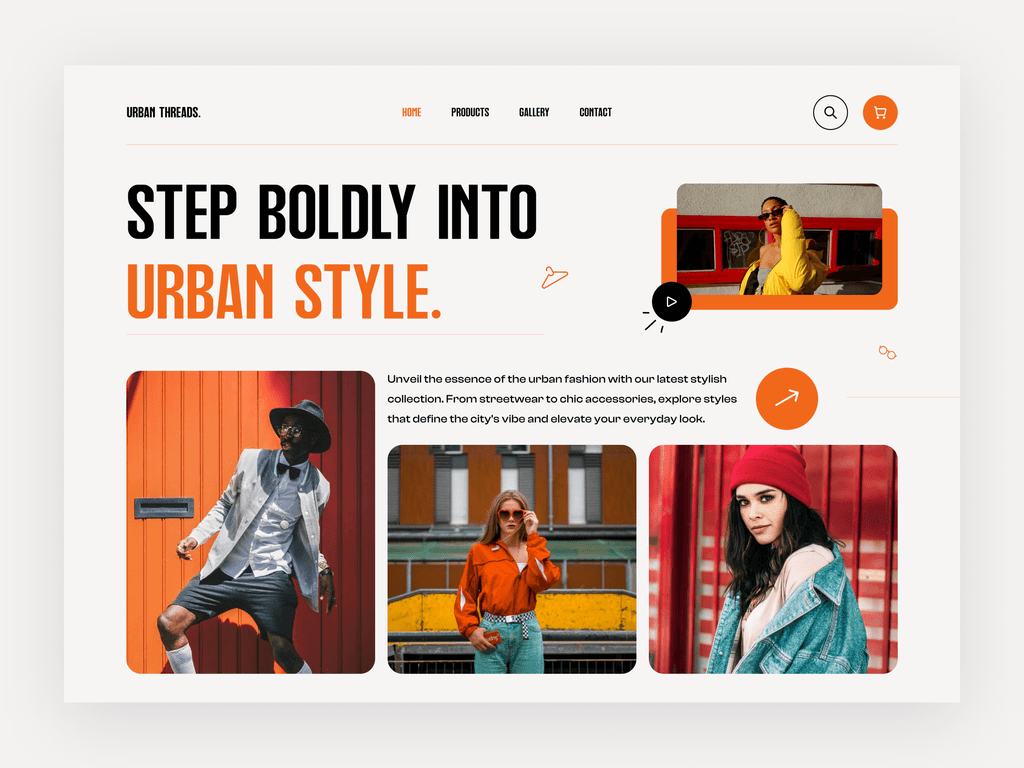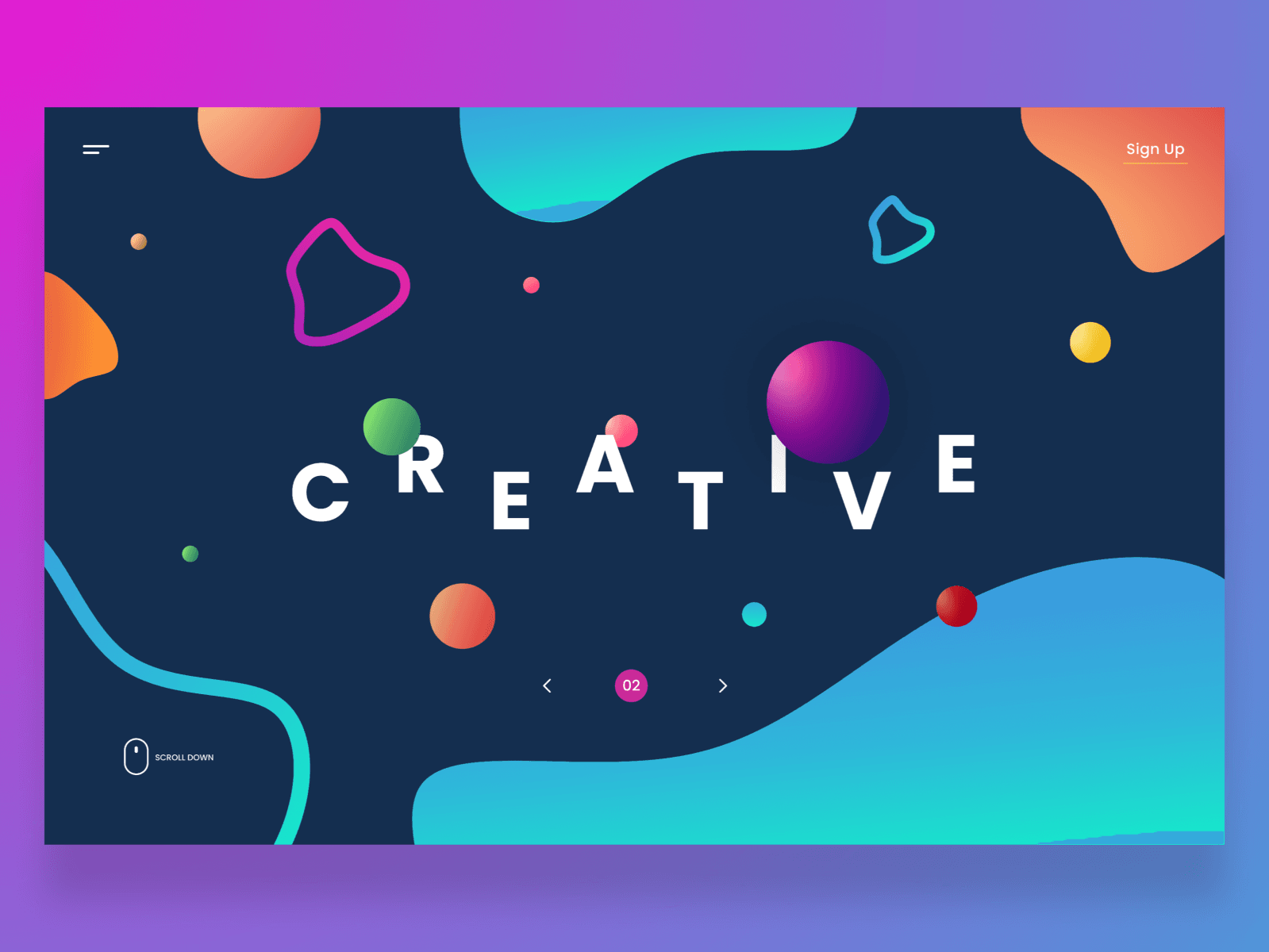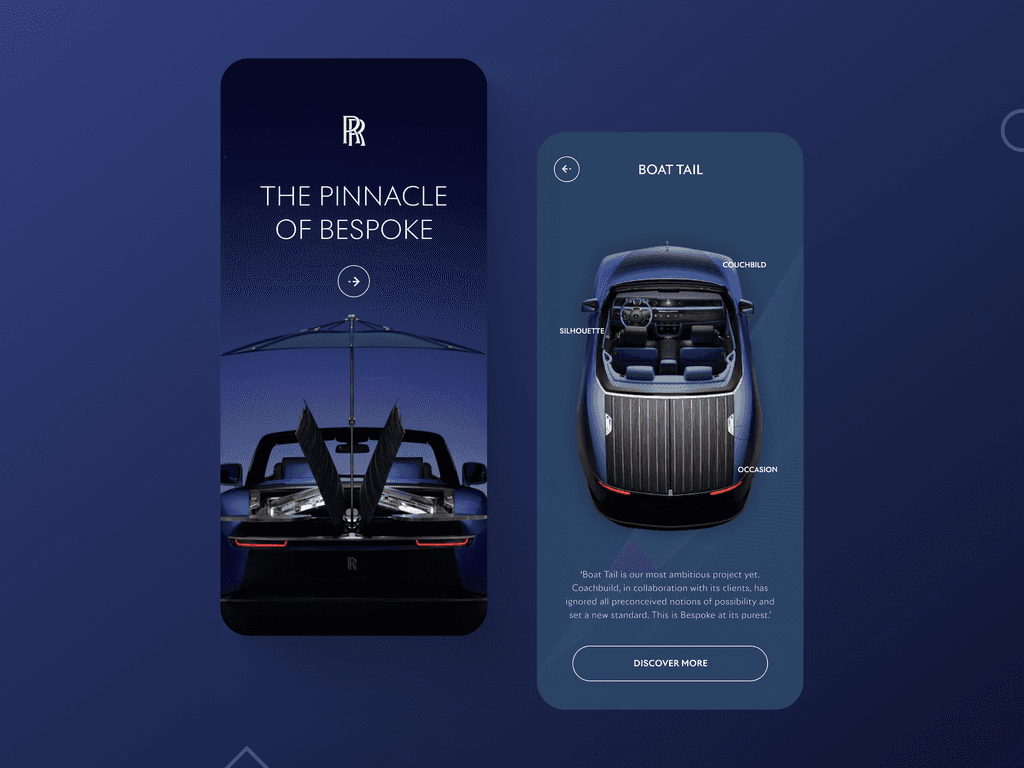This project aimed to design an intuitive dashboard for Waste Management (WM) that bridges the gap between consumers, manufacturers, and recyclers, promoting sustainability in the fashion industry. The primary focus was creating a mobile-friendly garment tracing dashboard for consumers to understand their clothing usage, recycle efficiently, and contribute to a circular lifecycle.
Timeline
August-December 2023
My Role
UX Strategy, UI Design, Prototyping
Tools
Figma, FigJam, Notion
The Problem
The Goal
To develop an intuitive dashboard enabling garment tracking, educating consumers on recycling, promoting a circular lifecycle, encouraging sustainability, reducing waste, and enhancing user engagement in a seamless interface.
Most people want to recycle, but don’t know how
A dashboard wasn’t the answer until I reimagined it for real life
When users scan a shirt, they see its full story
I designed Texitag to act as a companion for each piece of clothing, helping users track wear, lifespan, and impact. It was about building awareness through interaction.
Smart Virtual Closet
Texitag allows users to scan their clothing and build a digital closet. Each item can be logged with basic details like type, fabric (e.g. cotton, polyester), and how often it’s worn. This gives users a clear picture of which items they actually use, helping them recognize wasteful patterns and make better decisions. In the future, we plan to integrate digital tags on garments so users can scan and track items instantly, without manual entry.
Lifecycle Timeline
Every piece in the closet comes with a visual timeline that shows how long the item has been in use, how often it’s worn, and how long it’s been idle. This helps users know when it’s time to reuse, donate, or recycle based not on guesswork, but actual usage. It brings clarity to a process that usually feels vague or forgotten.
Eco Credits
To make sustainable behavior feel good, users earn Eco Credits for every positive action whether that’s rewearing, donating, or recycling. These points can be saved and eventually redeemed through brand partnerships like Under Armour. The idea is to reward users for doing the right thing, creating a loop that turns intention into long-term habits.
Sustainability Nudges
The app gently keeps users on track with simple, timely messages like “You’ve only worn this hoodie once in 90 days” or “You saved 350L of water by rewearing this shirt.” These nudges aren’t pushy or preachy — they’re encouraging and clear, helping users feel supported in their journey rather than judged.
Recycling Pickup
When a garment reaches the end of its life, users can schedule a pickup directly from the app. Waste Management will handle collection, and users earn Eco Credits in return. Those credits can be used to get discounts on new clothing through partnered brands. This feature closes the loop — making it easy to recycle responsibly without leaving home.
Collaboration & Ecosystem Integration
While the design was executed independently, close coordination with sustainability consultants helped prioritize the metrics WM needed to track. We also scoped partnerships with in-store vendors and municipal recycling programs for QR integration and tag deployment.
Outreach Strategy Highlights:
QR tags on garbage bins
In-store discounts for scan participation
Education layered across channels (dashboard, print, municipal content)
Visualizes impact: Users feel more connected to their clothing habits
Creates motivation: Small nudges + eco rewards = better daily decisions
Reduces decision fatigue: Simple scan-to-recycle process
Makes sustainability personal: Not just ethical, but gamified
Improves recycling engagement: More clothing is tagged and processed
Drives user retention: Rewards and streaks keep users active
Supports partnerships: Enables brand and retailer integrations for impact tracking
Informs data strategy: Aggregate wear/use/recycle data supports WM’s reporting
Texitag showed how education, motivation, and design can intersect to create real environmental change. Designing for behavior change, especially around sustainability, requires more than just UI polish. It needs systems thinking, data visibility, and habit-forming design.






